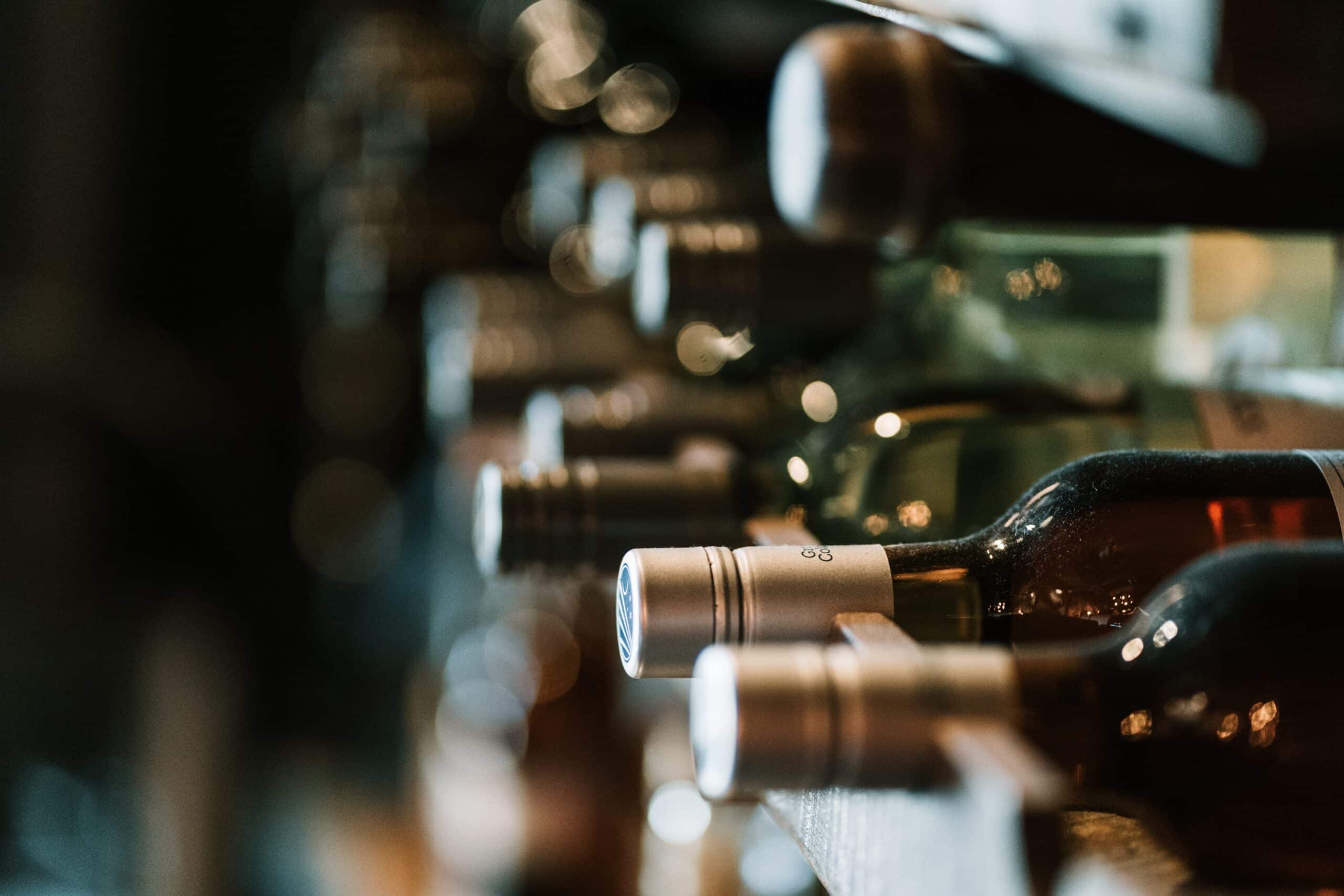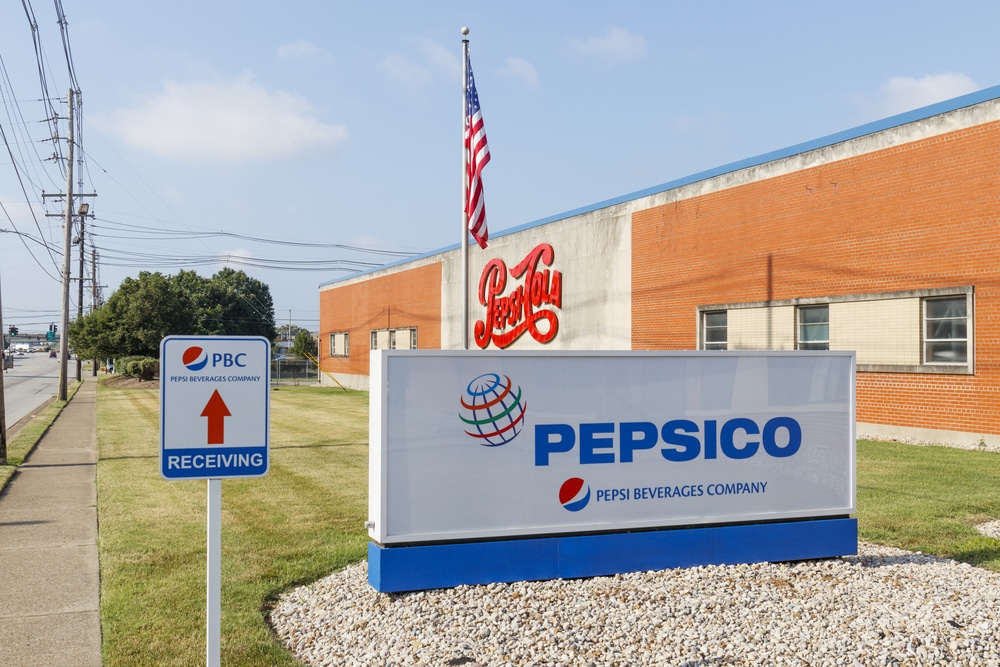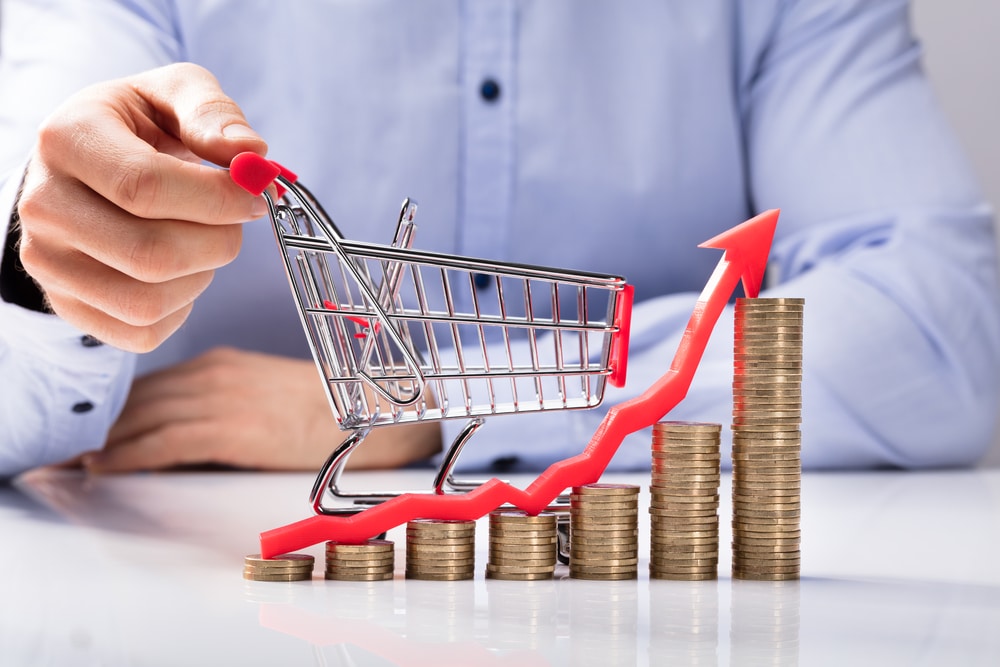 Investing in wine can be very lucrative, often yielding double digit returns. This easy beat most other forms of investments and can be a profitable investment alternative. A word of caution; investing in wine has a high barrier to entry, as most of the investment grade wines sell for thousands of dollars per bottle. While this investment class is not for everyone, those with the means can achieve profitable returns trading in fine wines.
Investing in wine can be very lucrative, often yielding double digit returns. This easy beat most other forms of investments and can be a profitable investment alternative. A word of caution; investing in wine has a high barrier to entry, as most of the investment grade wines sell for thousands of dollars per bottle. While this investment class is not for everyone, those with the means can achieve profitable returns trading in fine wines.
What Makes a Wine Investment Grade?
Investment grade wines share a few key characteristics. Here are the main ones.
- Pedigree: The wine is produced by a well-known or prestigious Chateau.
- Longevity: An investment grade wine must reach peak maturity at least 10 years after bottling and must last for at least 25 years.
- Appreciation: The value of the wine increases over time. This must be shown with a consistent record of appreciation for at least 10 years.
- Liquidity: Enough of the wine must be available so that it can be traded as an investment. Extremely rare wines are rarely sold making them less useful as an investment.
- Acclaimed: The wine must have a score of 95 or higher out of 100 by one or more noted wine critics.
Rating a Wine
Fine wine is rated on a 100-point scale that was created by famous wine critic Robert Parker. His rating system grades wines from unacceptable to extraordinary and rates such qualities as color, appearance, aroma, and flavor. The rating system is fairly new, devised in the 1970’s to help aid buyers choose from a plethora of wines that were flooding the markets at the time. Only about 1% of wine is considered investment grade, and 80% of that 1% is produced in France. Other regions include Italy, Spain, Australia, and America.
Top Investment Grade Wine Brands 2019
Here are some of the top investment grade wine brands from the previous year. These are expected to continue performing well in 2020, but as with any investment there is no guarantee of return.
Armand Rousseau
Average Price = $17,000
Price Growth = 20.8%
DRC
Average Price = $55,700
Price Growth = 9.5%
Leroy
Average Price = $1800
Price Growth = 14%
Krug
Average Price = $3100
Price Growth = 9.3%
Louis Roederer
Average Price = $2280
Price Growth = 7.2%
There are hundreds of others, but the above represents some of the top performers of 2019.
Why Invest in Wines?
Supply of investment grade wine is limited with only around 50 producers producing this grade of wines. Demand is high as the wealthy are seeking alternative investments. Supply is tightly controlled, and older wines increase in value as it is consumed. Wine is a tangible asset and has an inherent physical value. The wine market has proven to be less volatile than equity markets making it a haven for investors looking to diversify their portfolios. Finally, depending where you live, there may be some tax benefits to wine investing that are not affording to other investment classes.
Conclusion
Investing in wine can be a very lucrative investment that will often outpace more traditional investments. There is a high barrier to entry however, as a single bottle of investment grade wine will sell for thousands if not tens of thousands of dollars. But, if you have the means and are searching for some alternative investments, then investment grade wines could be an excellent place to put some of your money.
See Also:
Finding Affordable Wine: Great Wine on a Budget
Alternative Investments: Still the Road to Riches?
10 Essential Tips on How to Get Started in Commercial Real Estate Investing
Find a Penny, Pick It Up: 5 of the Best Penny Stocks Worth Your Money in 2019

Based in the Pittsburgh, PA area, Brian holds full-time employment as a Warehouse Manager for an electronics firm. Brian enjoys wealth building, investing, gardening and the great outdoors. Brian holds a B.A. in Environmental Studies from the University of Pittsburgh and an MBA from Robert Morris University.










